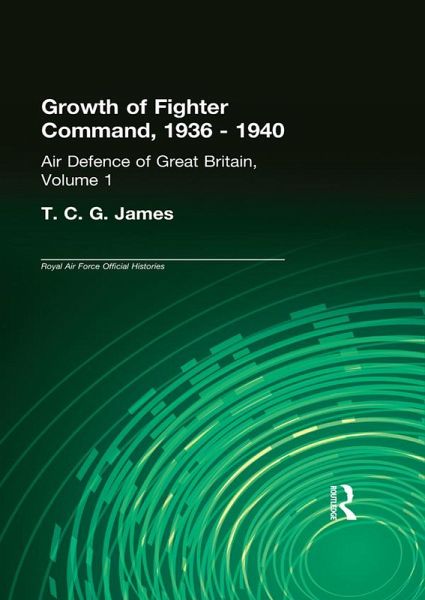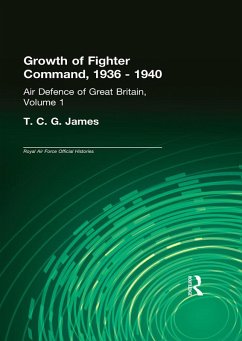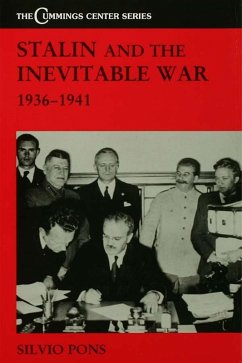
Growth of Fighter Command, 1936-1940 (eBook, PDF)
Air Defence of Great Britain, Volume 1
Redaktion: Cox, Sebastian
Versandkostenfrei!
Sofort per Download lieferbar
51,95 €
inkl. MwSt.
Weitere Ausgaben:

PAYBACK Punkte
26 °P sammeln!
The first of two volumes of the classified Air Historical Branch study of Fighter Command and the Air Defence of the United Kingdom. It covers pre-war expansion of the Command, the creation of the first integrated air defence system, and an account of Dunkirk and the Battle of Britain.
Dieser Download kann aus rechtlichen Gründen nur mit Rechnungsadresse in A, B, BG, CY, CZ, D, DK, EW, E, FIN, F, GR, HR, H, IRL, I, LT, L, LR, M, NL, PL, P, R, S, SLO, SK ausgeliefert werden.













